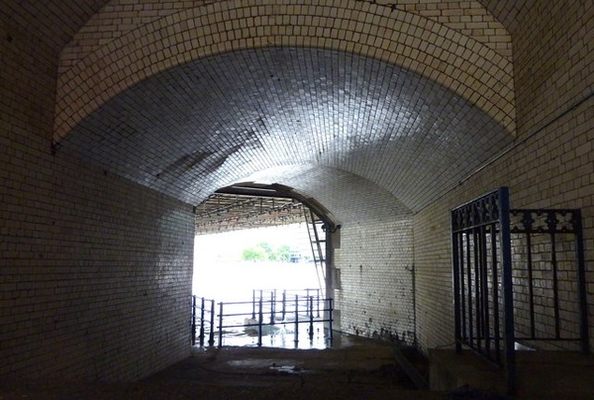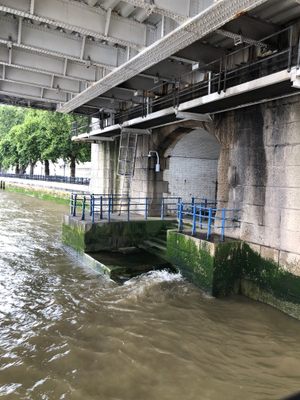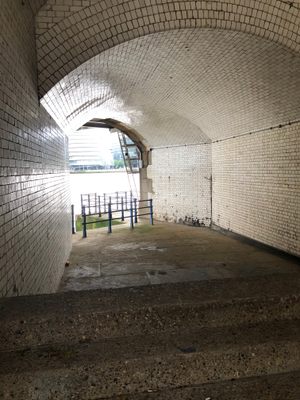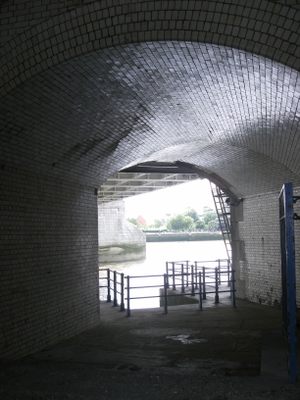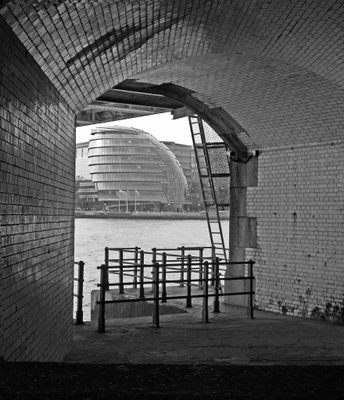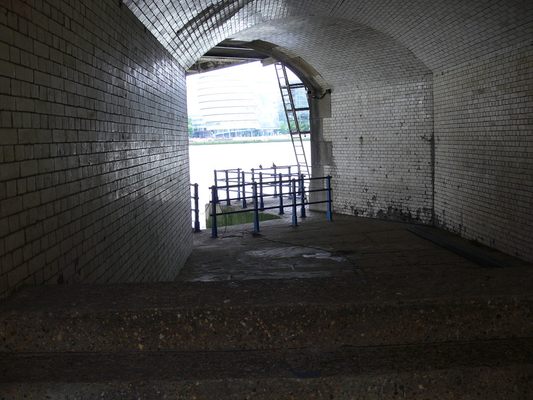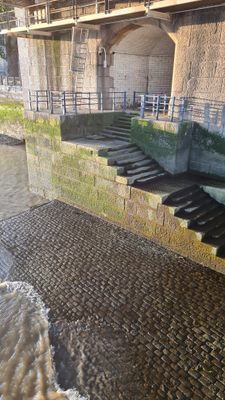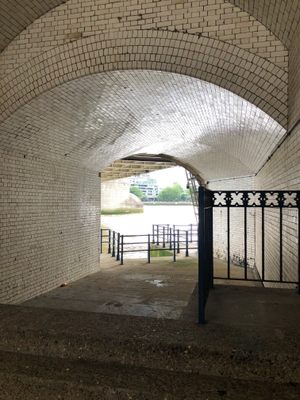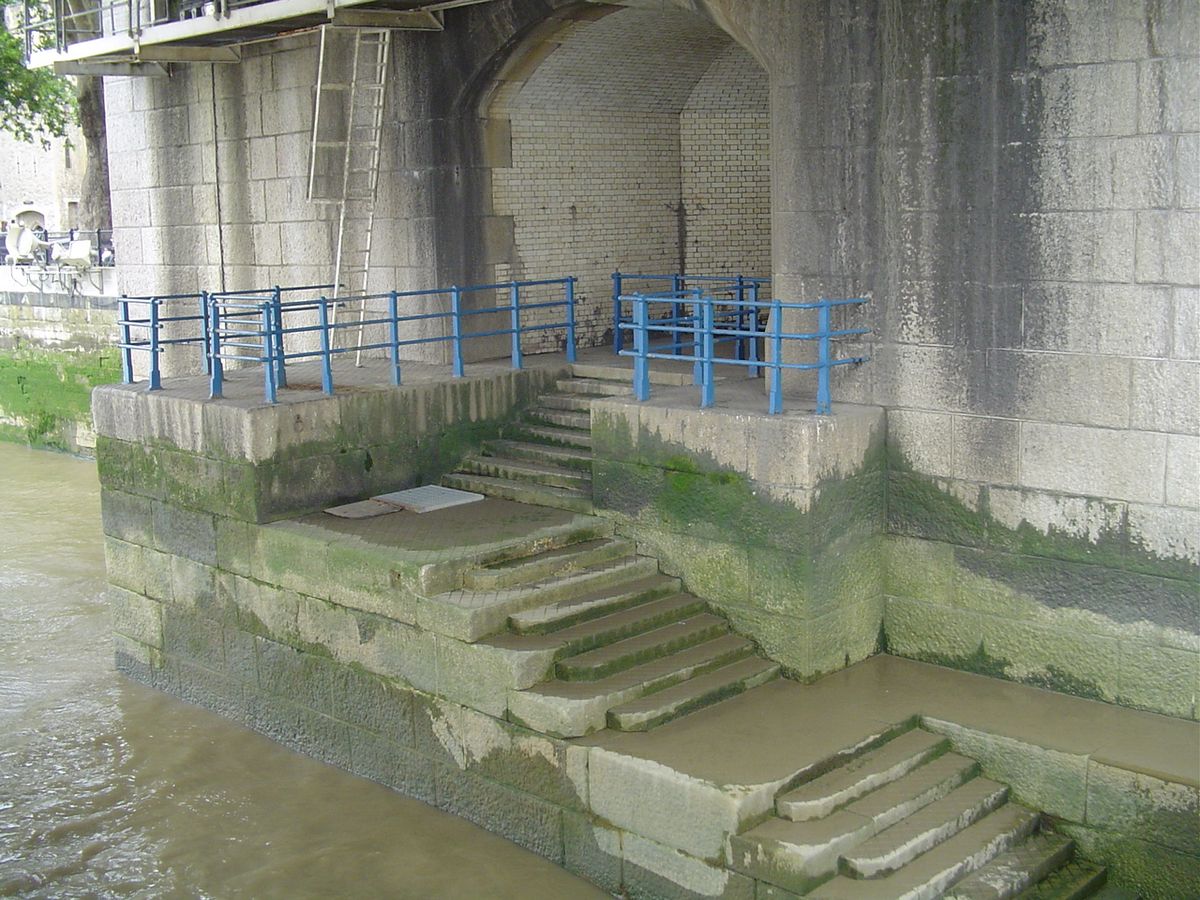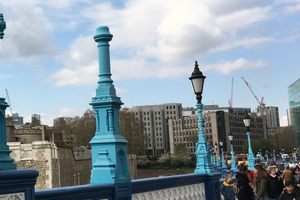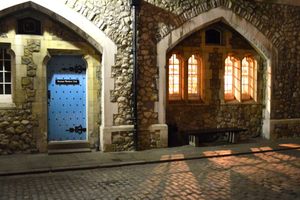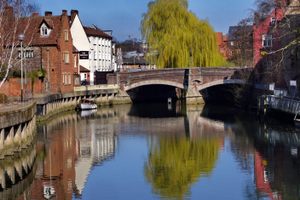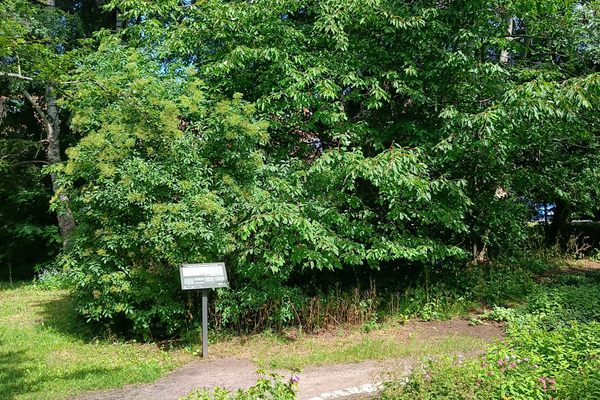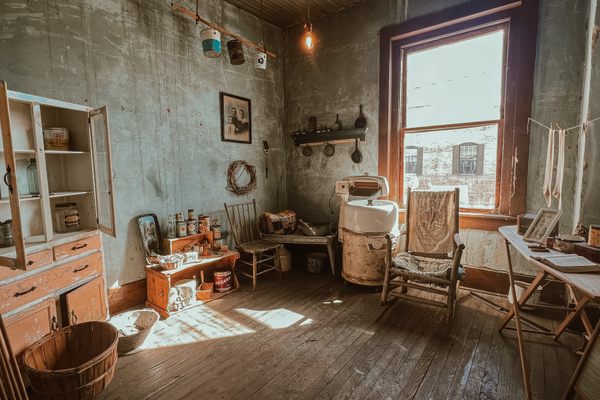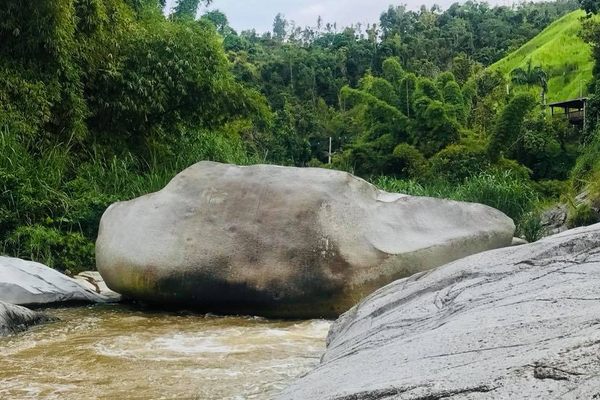About
Beneath the northern end of London's famous Tower Bridge is a Victorian reminder of the River Thames' gruesome history. On the eastern side of the bridge, visitors will find an alcove overlooking the dark waters of the river.
This hollow stands out when compared to its neighboring tunnels, with its glossy white tiles as opposed to dark stone cobbles. Known romantically as Dead Man’s Hole, the alcove served as an architectural net to catch the dead bodies that were carried through the city by the River Thames, of which there were many when Tower Bridge was constructed.
Using a hooked pole and the steps curved into themselves, bodies ranging from victims of murder, suicide, and accidental drowning, or those that were just tossed into the river were retrieved and left on public display in the alcove for identification from friends and families. It's believed that many bodies over the years were left unidentified for so long that during decomposition, some would explode under the pressure of bodily gasses. This would explain the easy-to-clean white tiles that compose the walls of Dead Man’s Hole.
It was not only washed-up bodies that were dealt with at Dead Man's Hole. Those executed at the Tower of London, only a stone's throw away, were also transferred to Dead Man's Hole.
Related Tags
Community Contributors
Added By
Published
August 2, 2021
